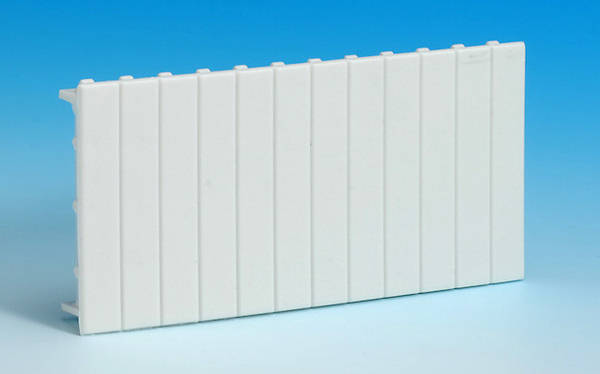Indeed so, and that becomes very 'unsatisfactory' in relation to the assessment/'coding' of things on an EICR in the first place if (as now is the case with rented properties) the difference between 'pass' and 'fail' can have very significant financial consequences for the property owner. In particular, if something is not fully compliant/conformant with the current regulations, the difference between C2 ('fail') and C£ ('pass') is essentially down to the inspector's judgement/opinion as to whether or not it constitutes 'a potential danger' which requires urgent action.This thread has somewhat proved that apparently there is no official correct way of doing this and therefore it is open to interpretation to the individual.
There will always be some areas that do require such individual judgement, but they could be minimised. Continuing my MOT analogy, things like surface corrosion on brake pipes and the state of side walls of tyres can come into that category.
Until the recent ('private rental sector') legislation appeared there were (in England) no 'legal requirements' relating to EICRs. Even with the new legislation, it appears that (contrary to the situation with MOT certificates) what you describe is (legally) acceptable.Based on the helpful feedback received here we have decide that as a company we will make it our own rule that in cases of failed EICR's we will send the failed certificate to our customer along with a quotation to rectify remedials and this quotation will now always include a installation certificate that will be produced once remedials are completed that can then be sent to the customer to be used in conjunction with the already submitted failed EICR certificate. This way our customers have a tangible document that shows the required works have been completed. .... Obviously we now know that this is not necessarily a legal requirement, but we have decided that it is good practice and will implement it ourselves.
However, there have always been people who, for whatever reason, want/need a 'clean' ('pass') EICR after necessary remedial work it undertaken - i.e. a 'fail' EICR plus evidence that the reasons for the failure have been remedied is 'not enough' for them (even though it is enough to satisfy the PRS legislation).
As I recently wrote/implied, if the person/company issuing the 'fail' certificate then ('soon after') does the remedial work (and issues an EIC for it), very little additional effort is required in order for them to then provide a 'pass' EICR - since they do not need to re-inspect the things which they 'passed' a few days earlier. The only effort required is therefore that associated with 'producing the bit of paper'.
Kind Regards, John


